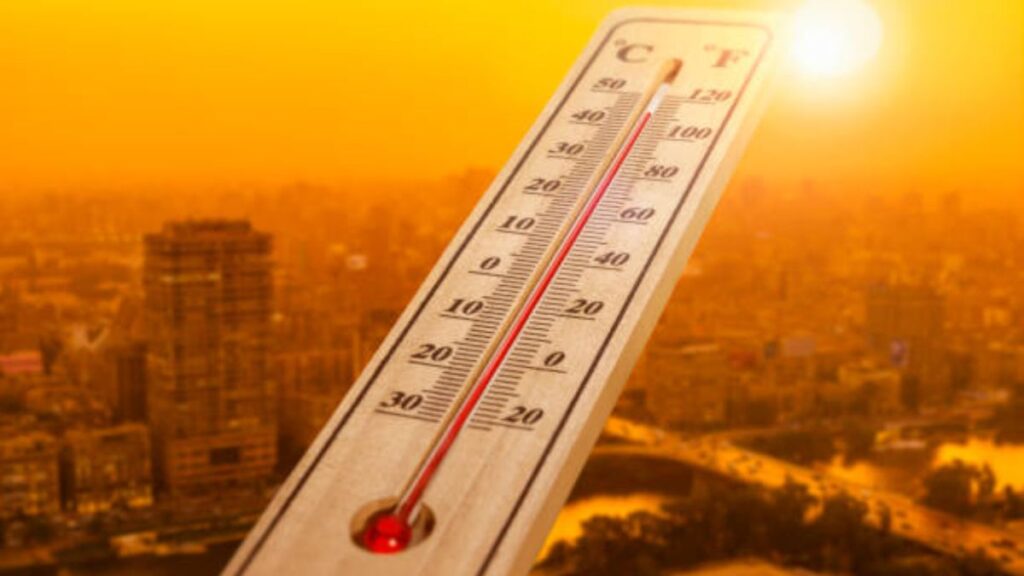India Could Face a Hotter Summer This Year as La Niña Fades, Say Experts

With the cooling grip of La Niña officially gone, India may be heading into a significantly warmer summer and a hotter-than-usual post-monsoon season, according to weather scientists. The shift signals a change in global climate dynamics that could lead to increased heatwaves, intense pre-monsoon showers, and even early cyclones.
La Niña, known for its cooling impact on global temperatures and its tendency to bring stronger monsoons to India, has entered a neutral phase. This means neither La Niña nor El Niño conditions are currently active—a state referred to as ENSO-neutral.
The Heat is On
“During early 2024, El Niño pushed global average temperatures beyond 1.5°C above pre-industrial levels for the first time,” said Dr. D S Pai, senior scientist at the India Meteorological Department (IMD). “That milestone, outlined in the Paris Agreement, marked a new high in global warming.” He added that while 2025 might not exceed the temperature peak of 2024, it could still rank among the hottest years on record.
Echoing the concerns, Raghu Murtugudde, emeritus professor at the University of Maryland and former IIT-Bombay faculty, warned that the absence of La Niña’s cooling effect—coupled with warmer-than-usual ocean waters in the Indian Ocean and western Pacific—creates conditions ripe for extreme weather events.
“We need to be prepared for more heatwaves and the possibility of pre-monsoon cyclones,” he noted. “The neutral ENSO state is not going to shield us.”
Rising Heat, Rising Concerns
India is already feeling the heat. March and early April recorded unseasonal temperature spikes across multiple regions. M Rajeevan, former secretary of the Ministry of Earth Sciences, cautioned that the ongoing global warming trend, when combined with a neutral ENSO, will likely intensify summer temperatures and increase the frequency of heatwaves.
“We’re already seeing the impact,” Rajeevan said. “More convection in the atmosphere means more thunderstorm activity, especially in places like northeast India, Odisha, and central India.”
The IMD has also flagged a hotter pre-monsoon season ahead. A senior IMD scientist explained that during La Niña events, cooler sea surface temperatures in the central and eastern Pacific help moderate global warmth. That influence is now missing.
“Even last year, global temperatures remained high despite the onset of La Niña late in the year,” the scientist said. “With no such influence now, 2025 could turn out to be even hotter—though whether it surpasses 2024 remains to be seen.”
What to Watch Out For
As India prepares for what could be an intense summer and a stormy pre-monsoon season, experts suggest paying close attention to local weather advisories. The interplay of climate factors is changing, and the absence of La Niña is just one piece of a much larger puzzle.







